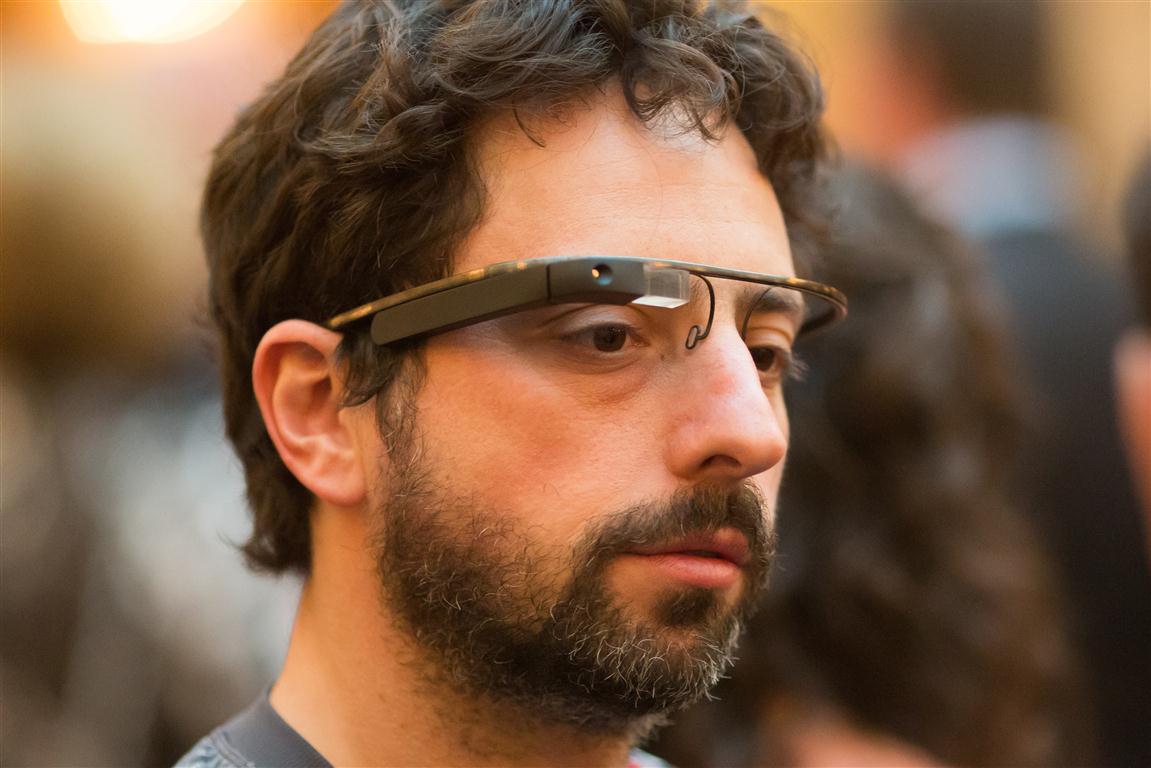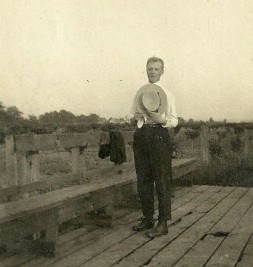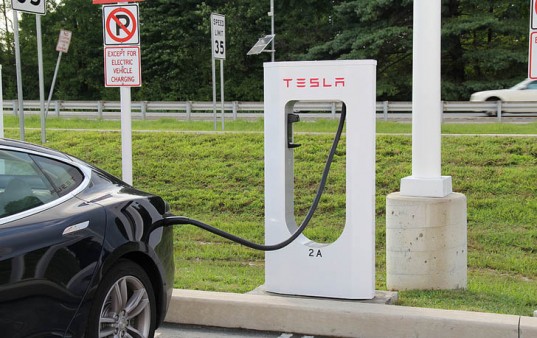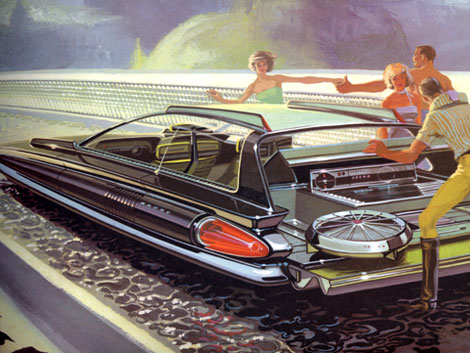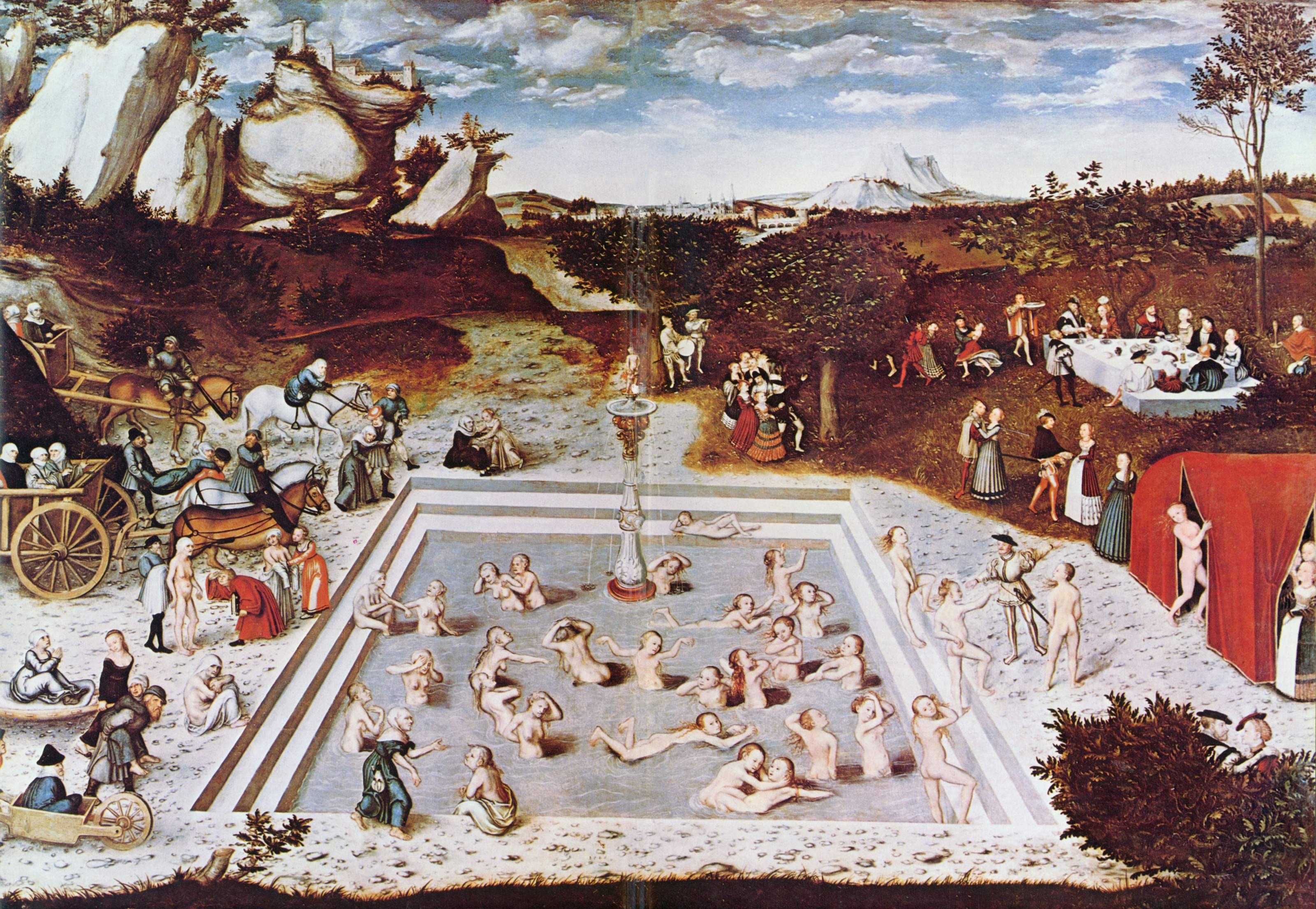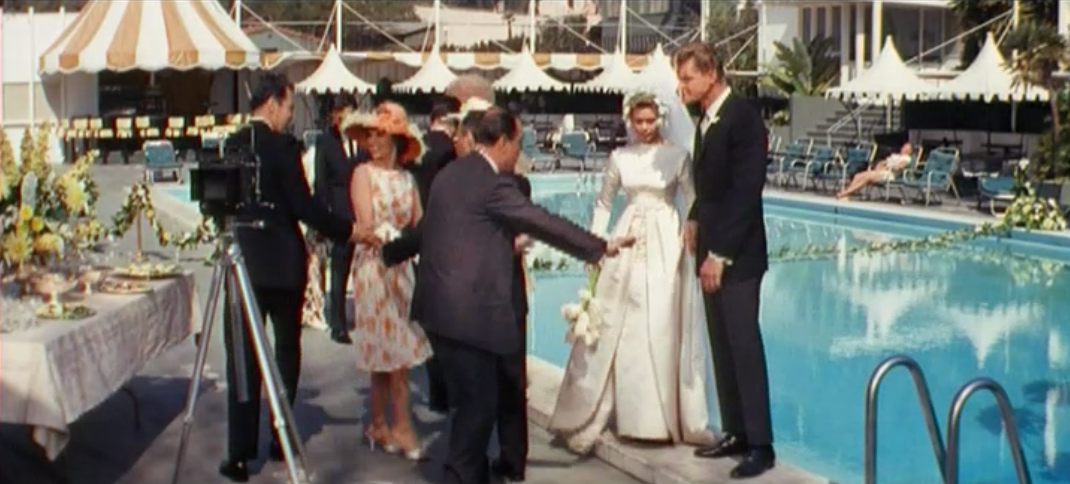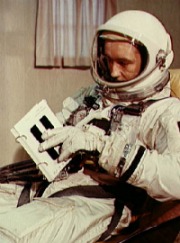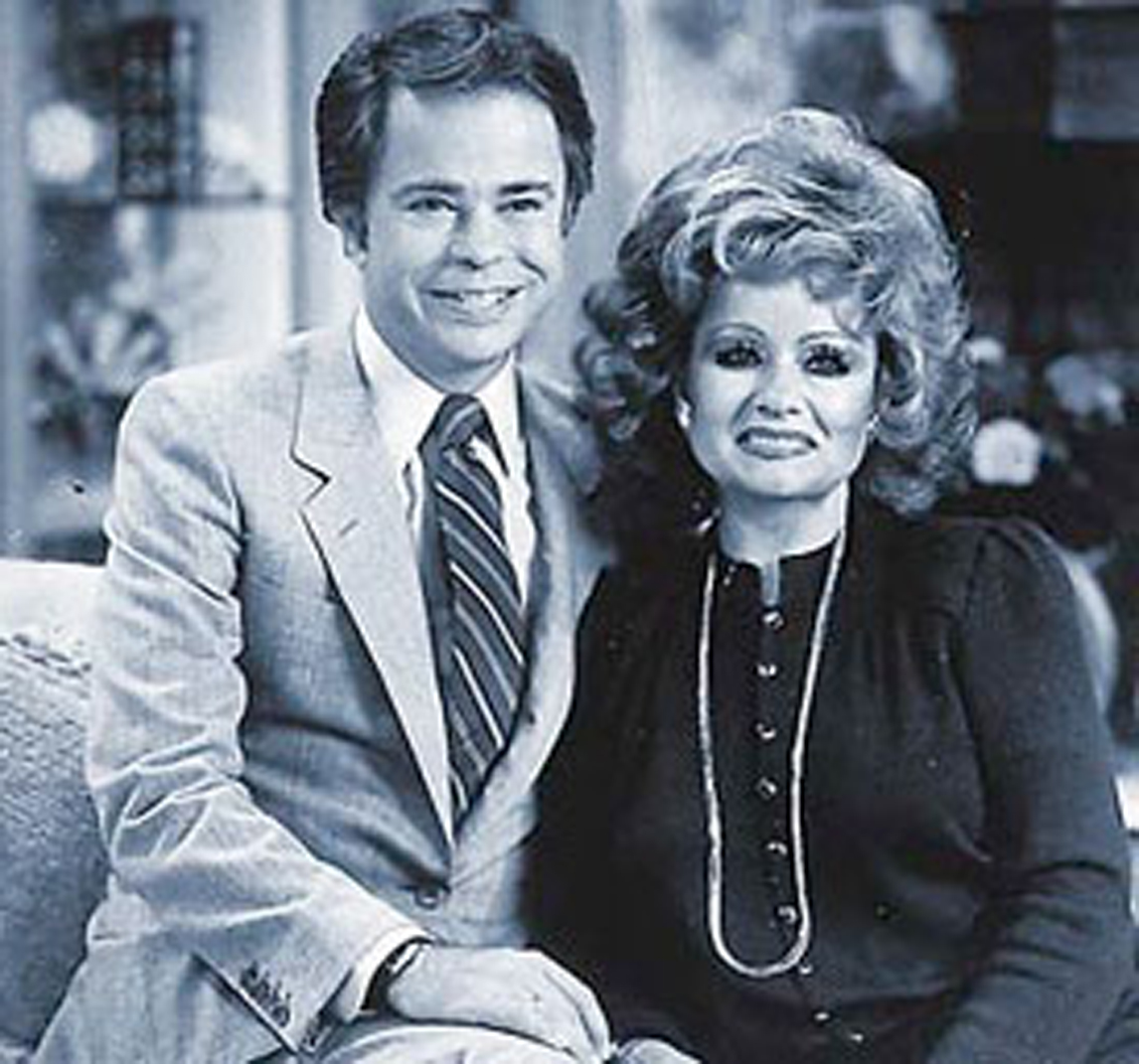
Keremeos Highway, 1951.
In 1951, the Children of Light commune of British Columbia believed the end was near, but the group lived to a ripe old age. In the aforementioned year, several dozen members of the sect boarded themselves up in a Keremeos farmhouse and awaited doomsday. It never arrived. They soon left town and eventually relocated in Arizona. Two stories follow: One from the 1951 Brooklyn Daily Eagle about the “end of the world” and a coda four decades later from the 1995 Los Angeles Times.
_______________________
From the January 6, 1951 Brooklyn Daily Eagle:
“Keremeos, B.C. — Thirty-five members on an unorthodox religious sect barricaded 11 days in a five-room farmhouse waited today for the end of the world in two more days.
The sect has been in cramped, self-imposed exile near here under the leadership of a gaunt, 60-year-old farm woman, Mrs. Agnes Carlson, since the day after Christmas.
The ‘Children of Light’ sealed themselves off from the outside world to await what they predict will be ‘doomsday’ on Jan. 8.
Royal Canadian Mounted Police, worried about sanitary conditions in the barricaded house because of overcrowding, have kept a close watch outside.
The only person known to have left the house since the group went into seclusion ‘to await the end of the world’ was a widow who walked out after the group asked her to surrender her wedding ring, police said.”
_______________________
From the 1995 Los Angeles Times:
“The story of how they traveled from a Pentecostal church in tiny Keremeos, B.C., in 1951 to this isolated patch of southwestern Arizona desert, a 100-mile drive from Phoenix, is proof that they are God’s chosen, members say.
Prompted by a divine vision, a Pentecostal preacher and former businesswoman led about 40 followers out of Keremeos and on a journey throughout Canada and the United States. They preached at churches and communes about the apocalypse and the importance of repentance.
The group picked up and lost people along the way. They found a destination when the words ‘Agua Caliente’ appeared in fire-like letters in the sky to Elect Gold, the preacher.
Evidence that God was with them continued, in a donation that helped them buy the land in 1965, in a desert dotted by brush and surrounded by rocky foothills near Gila Bend.
Further proof, they say, is in the water source they found on the property, the date palm orchards and the thriving gardens of beets, carrots, cabbages and pomegranates.
The Children do nothing to recruit new members, although over the years a number of travelers have temporarily lived at the commune.
With Elect Gold said to be nearly 100 years old and bedridden by illness, Elect Star has assumed the role as leader of the sect.
They welcome occasional visitors. On a recent afternoon, three retired couples from the Midwest who drove four miles off a paved road to reach the commune were given a tour by Elect Joel, an 85-year-old former honky-tonk musician from Indiana.
Later, Elect Joel entertained the guests by playing ‘Sweet Georgia Brown’ on the living room piano. Another member of the sect handed out bowls of homemade date and banana ice cream.
‘I think the sun will stop shining before this fades out,’ Elect Philip said. ‘We may look a little worn out, but God still has work left for us to do.'”

